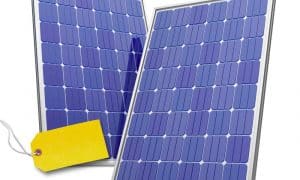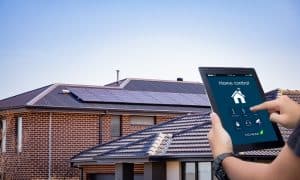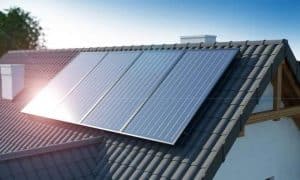Did you know that the average solar system size installed in Australia 10 years ago (2013) was 4kW? In 2023, that figure has increased to 9.3 kW! The growing average system size is reflective of a number of factors. Advances in solar technology, panel wattage increases, and power-hungry homes are some of the main reasons. But going bigger also means that your home will be positioned to face the coming tide of changes with minimal need for upgrades.
The electrification revolution
If you are a regular reader of our blogs, you will be no stranger to our coverage of Australia’s push for electrification. For those not in the know, electrification is the move away from gas and other fossil fuel energy sources. This might mean replacing your gas cooktop for induction or swapping your petrol vehicle for an EV. Swapping out sometimes means replacing a non-powered item with a powered one – which has been the case for scooters and bikes.
The shifting tide of electronics means that your home will be sourcing most, if not all, of its energy from the electrical grid. The current average daily home usage of electricity is 18kWh. Speaking with many of the solar retailers in our network, many believe that the shift away from gas and petrol, and the addition of new electric items, will see the daily consumption double to at least 36 kWh a day – with many believing it will be even more.
Adding solar reduces or removes the need for the grid. But the size of your system and other factors such as your location will determine just how much solar will impact your electricity bill.
Why size matters with solar
A 4kW system would provide a home with 16kWh of electricity on average per day. If your home presently has this size system, I have the regrettable task of telling you that your home is not positioned well for the future. Presently, a single-person household will use 8-12kWh of electricity per day. Double this, and a 4kW system will not meet the needs of the homeowner. Imagine the needs of a multi-person household. Present-day families of 5 will use approximately 20 to 30kWh of electricity per day. A 9kW system will produce around 32kWh per day.

Keep in mind that solar only produces electricity during daylight hours. While the daylight habits of individuals and families have changed over the last 5 years, with many working from home, historically most electricity is consumed between 4pm and 8pm. While your solar system may be producing a lot during the day, you may not be home to use it. Feed-in tariffs are minimal, which means that all unused electricity going to the grid is unlikely to see a major impact on your bills.
This leaves many of us with some important decision-making. How can we maximise our solar and future-proof our homes?
Transforming your home into a power plant
This, in my opinion, is the ultimate goal for a home. To become energy independent is the holy grail of home ownership, and is more attainable than ever before.
Maximising every square centimetre of roof space is vital. Higher wattage panels will allow you to make the most of your roof. In 2013, the average wattage of a panel was approximately 230W. Today, the average panel is 440W. This is almost a doubling of solar output for almost the same space. Where a roof would have been limited to a 6kW system 10 years ago, it could easily be increased to 10kW now.
If your home allows for a large system, but a smaller size system’s price sounds more appealing, I beg of you to consider the future implications of that smaller system. Will you be adding an EV in the coming years? Are you considering upgrading your appliances from gas to electric? Will you be swapping out your gardening tools for electric? How do you foresee your electricity usage?
But, if feed-in tariffs are so low, what difference will a large system make to my bills if I’m not home to use it? As with all power plants, battery storage is a key element to really reduce your reliance on the grid.
How battery storage plays a role
Yes, battery storage is often very expensive. A typical system will set you back between $5,000 and $20,000. While this may seem unattainable, or even an unnecessary option, battery storage should be something to consider for the long-term benefits.
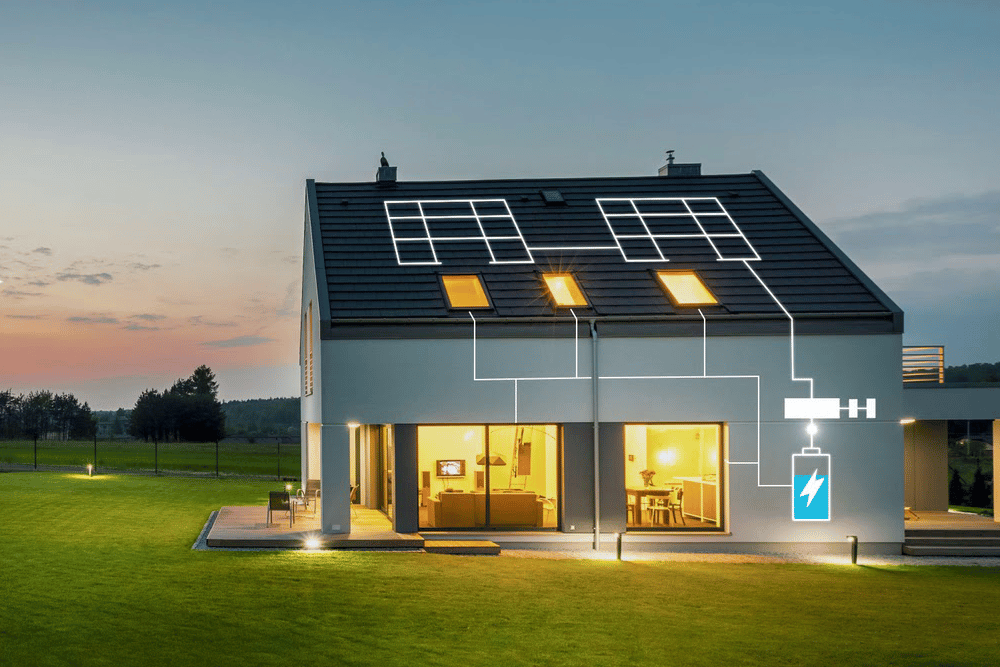
As previously mentioned, solar is only generated in daylight hours. To make use of solar at night, daylight generation must be captured and stored. A solar battery does just that, allowing for use throughout the night and during blackout events.
Having full control over your energy usage, and how you pay for it, is one of the greatest advantages of battery storage. Electricity bill anxiety will be a thing of the past, with the fluctuating energy market having almost no impact on your home’s energy usage. Learn more about solar batteries: Solar Battery Storage Systems – A Complete Guide.
Is a large solar system worth it without battery storage?
The short answer? Absolutely! Let’s take our 2013 and 2023 comparisons.
I’ll base the following on Victoria’s average feed-in tariff rate of 5.2c/kWh.
4kW system producing 16kWh per day = max of $0.83 of credit per day, $25 of credit per month
9kW system producing 32kWh per day = max of $1.66 of credit per day, $51 of credit per month
Now, the hope is that you would use most of the electricity generated at the time it is being produced. The current average price per kWh of electricity from the grid in Victoria is 27.29c/kWh. Imagine how much you would save per day if you could use solar instead of drawing from the grid. A 9kW system could see a saving of $8.73 per day (32kWh x 27.29c/kWh)
Supersizing your solar system, to the maximum allowable with roof space and grid allowance, will benefit your home twofold:
- The increased amount of electricity produced will drastically reduce your bill, or eliminate it if the solar is used, and
- All excess electricity generated and sent back to the grid will increase your return with the feed-in tariff.
Avoiding expensive upgrades
If you ask me, the number one reason to maximise your system now is simply to avoid the otherwise inevitable costs of upgrading or replacing your redundant system. Redundancy comes when your system no longer provides the service it was intended for. You would hope that this day would only come once your system has reached its life expectancy, which is 25 years plus for solar. Unfortunately, many solar systems are ending up in landfill before their time due to the need to upgrade to a larger system.
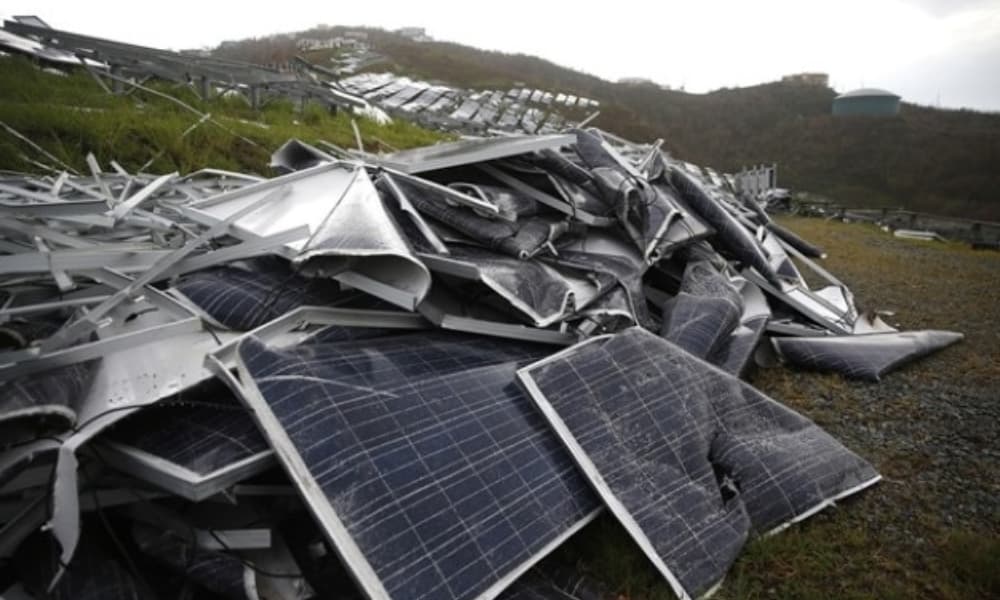
Installing solar today should mean that your future energy needs are factored into your purchase. Assess your current and future energy habits:
- What times do you use electricity during the day?
- Will you be replacing any appliances in the next few years?
- Will you be adding new appliances, tools, or equipment in the coming years?
- If you have kids, how will their energy needs change as they grow?
- Will you be purchasing an EV?
Installing solar means assessing and adjusting. Shift your usage times, where possible, to daytime hours.
The bottom line
Solar decisions are almost always driven by a household’s budget. With financing options available, along with fantastic state and federal rebates/incentives, the decision to go larger has never been easier or more affordable.
Did I mention that the average price of a 5kW solar system in 2013 and a 10kW system in 2023 is the same?! Solar technology has improved in leaps and bounds and now is the time to reap the benefits.
Energy Matters is committed to seeing Australia achieve its net-zero targets, and solar is one of the key components to see it happen. We work with an Australia-wide network of solar retailers who will provide you FREE quotes for solar, batteries, and so much more.
Are you ready to go solar? Click here to begin!













